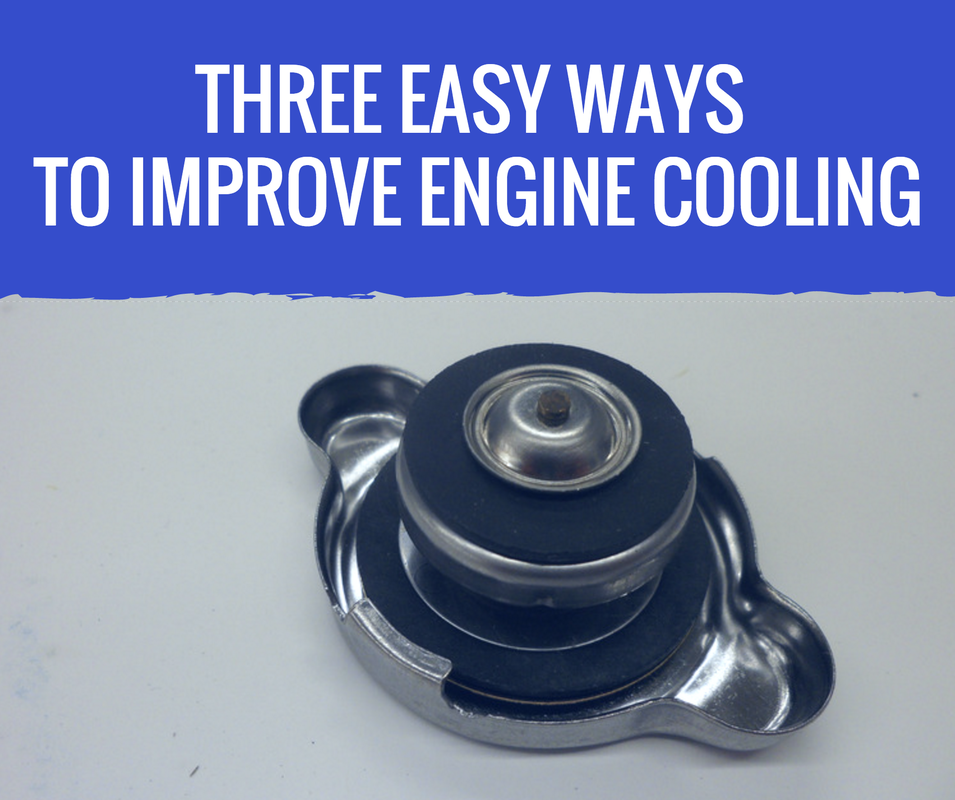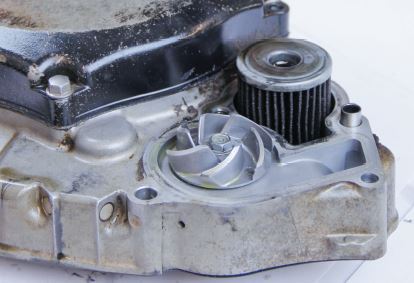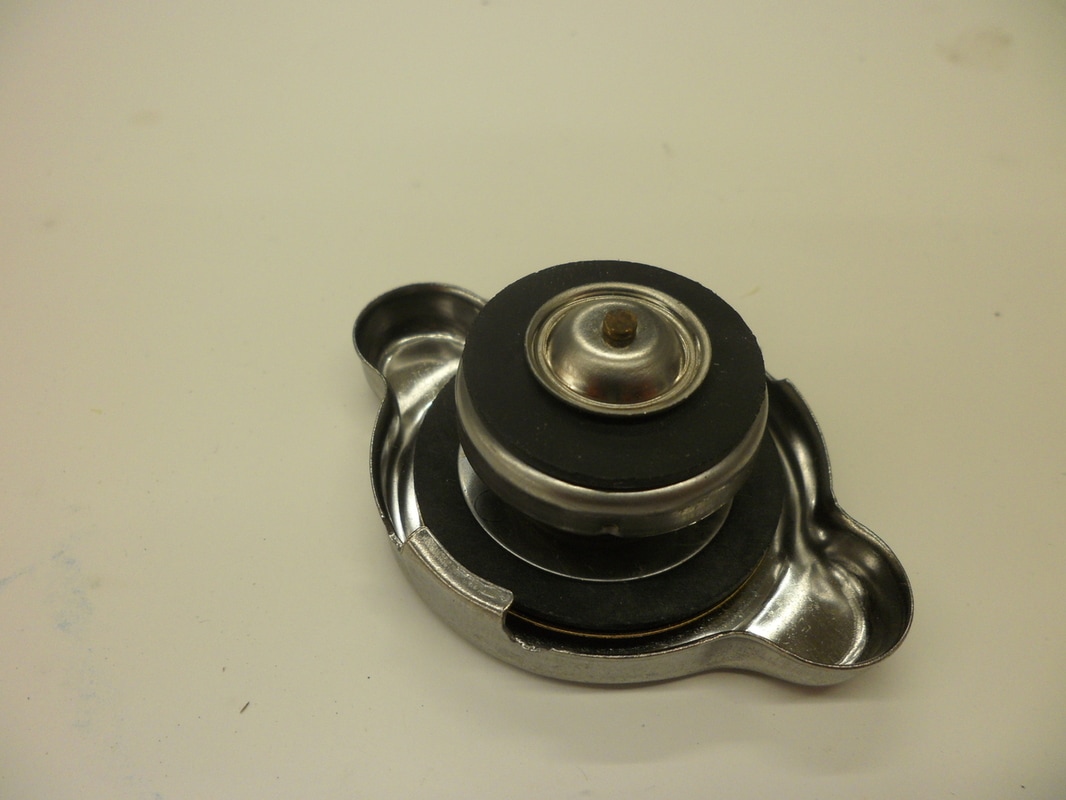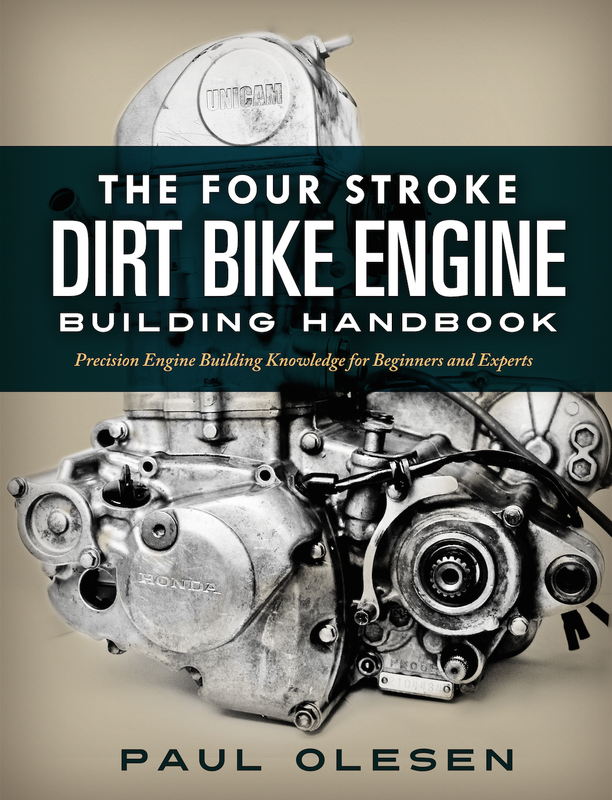As improvements are made to an engine that increase its power, the amount of heat the engine will create will also increase. Effectively removing heat from the engine and cooling it is very important as the power output of the engine goes up. The cooler an engine runs, the more power it can produce. There are three ways that the aftermarket attempts to improve the cooling system of a particular engine.
1. Increase flow through the cooling system.
2. Increase the cooling capacity of the radiators.
3. Increase the pressure of the cooling system.
Let's dive in.
1. Increase flow through the cooling system
2. Increase the cooling capacity of the radiators
Coolant temperatures can be reduced by upgrading radiators in three ways, by increasing the frontal area of the radiators, by making the radiators thicker, or by using materials with better heat transfer properties for the cores. For all practical purposes, increasing the radiators’ frontal area and improving the core materials is rarely a viable option for dirt bike applications. This is because there is little room for the radiators to begin with and they are susceptible to damage, making the use of expensive core materials a risky affair. Unfortunately, both of these options are better improvements to make before resorting to increasing the thickness of the radiators.
Increasing the thickness of a radiator is not as efficient of an improvement as increasing the frontal area of the radiator. In order for thicker radiators to cool more effectively than their stock counterparts, airflow past the radiators is key. When the thickness of a radiator is increased, air must travel a greater distance through the radiator before exiting. The speed the air is traveling plays a big role in determining how quickly the air heats up as it moves through the radiator. If the air is not traveling fast enough through the radiator, the air temperature will rise and equal the coolant temperature before reaching the end of the radiator. Once this happens, heat transfer stops and whatever portion of the radiator remains will not help with cooling. In order for a thicker radiator to be effective, air must flow quickly enough through it so that the exiting air temperature is at, or better yet, below the coolant temperature. In conclusion, benefits from adding thicker radiators will be more prominent in applications where speeds are relatively high. Whereas in applications where the bike is hardly moving, improved cooling may not be noticeable.
3. Increase the pressure of the cooling system
While this small temperature increase alone won’t do a lot for your engine, coupling a high pressure cap and using coolants with better heat transfer properties can do wonders. Antifreeze (ethylene glycol) alone is not an inherently good conductor of heat. In fact, pure antifreeze conducts heat about half as well as water, while a 50/50 mix of antifreeze and water conducts heat approximately three quarters as efficiently as pure water. This means a cooling system using a 50/50 mix of antifreeze would have to flow faster than a cooling system filled with pure distilled water in order to achieve the same cooling efficiency. What this means for you is significant cooling gains can be made by using distilled water and an additive called “Water Wetter” in place of an antifreeze-water mix. Water Wetter is an additive that improves water’s “wetting” abilities (another whole subject), adds corrosion resistance, and slightly increases the boiling point of water. A high pressure radiator cap in conjunction with distilled water and Water Wetter as the coolant is by far the best route to go for high performance applications where freezing is not an issue. For applications which must still be resistant to freezing, the antifreeze-water ratio can be altered in favor of mixtures incorporating more water than antifreeze so that the cooling efficiency of the mixture is improved. Just bear in mind the freezing point of the mixture as it is thinned with water will be reduced, so you will need to pay close attention to the environment you are operating in so that the coolant is never susceptible to freezing. A frozen coolant system can ruin an engine and makes for a very bad day!
One last thing...
AutismMX brings Autism awareness to the motorcross community. Founder, Matthew Dalton, created this non-profit after finding that motorcross was an amazing way to connect with his autistic son.
At DIY Moto Fix this non-profit also touches a chord with us. Our filmmaker and photographer, Kelsey Jorissen, loved dirt biking with her autistic brother throughout their childhood.
The Autism MX Project organizes ride days for ASD kids and families to have the chance to ride AMX’s little dirt bikes and quads and enjoy the sport of motocross. They also sponsor amateur MX racers and AMA pro racers. Through doing so, they are getting out the word on Autism Awareness to millions.
So for the next 5 days - if you buy a book, a video, even a poster - 15% of that purchase will go towards AutismMX and their amazing cause.
I hope you enjoyed this post on three easy ways to improve your engine’s cooling, thanks for reading, and have a great rest of your week!







